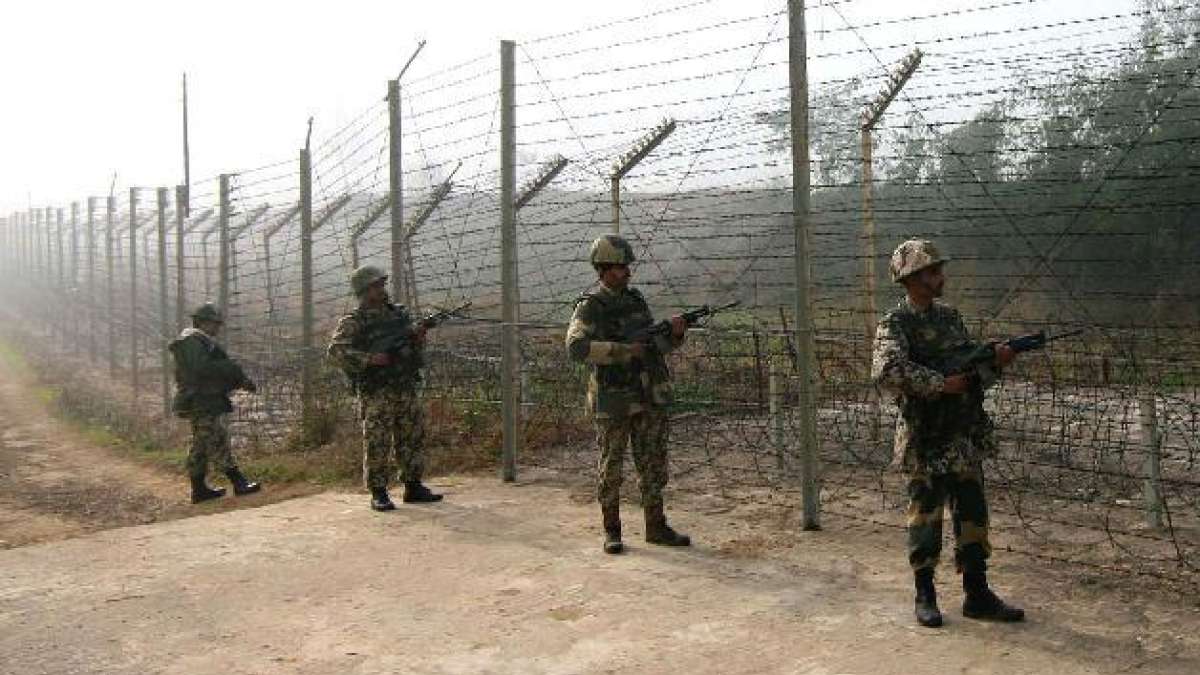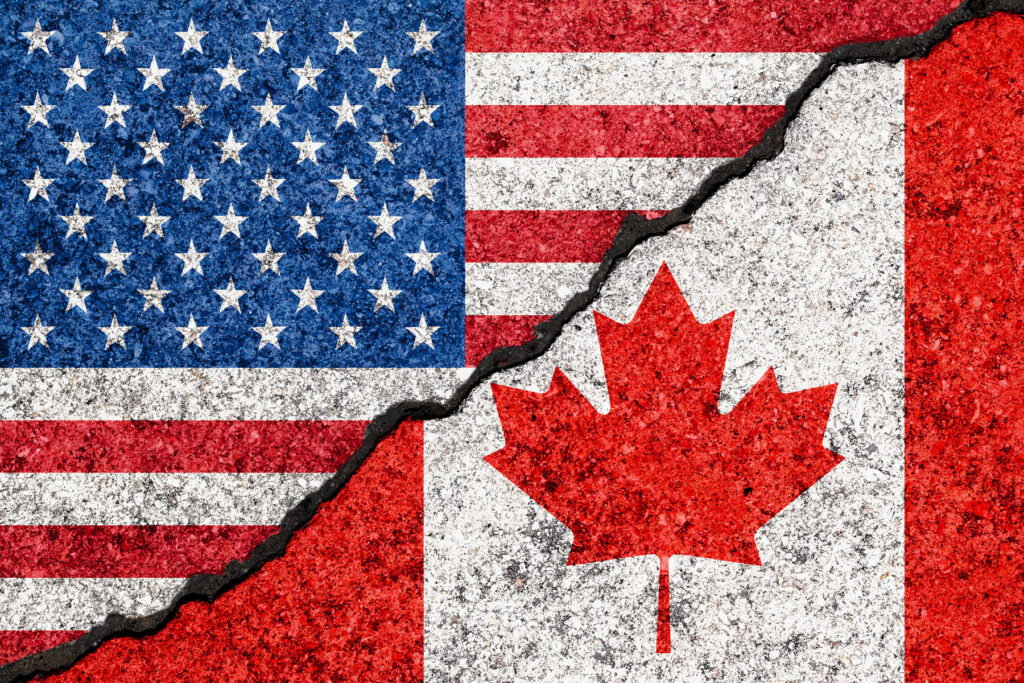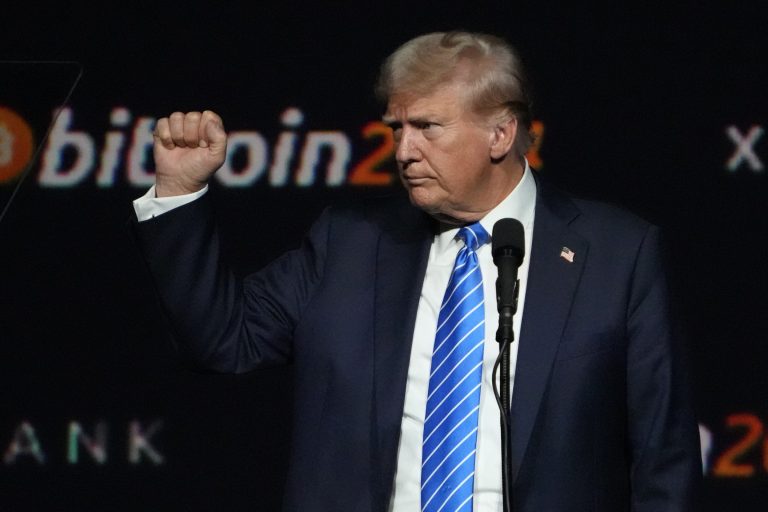Is War Imminent? Examining The Kashmir Factor In India-Pakistan Relations

Table of Contents
1. The Historical Roots of the Kashmir Conflict
The Kashmir conflict is intrinsically linked to the tumultuous partition of India and Pakistan in 1947. This partition, a hastily conceived division of the British Indian Empire, left several princely states with the option of joining either India or Pakistan. The fate of Jammu and Kashmir, a predominantly Muslim-majority state ruled by a Hindu Maharaja, Hari Singh, became a flashpoint. This situation is central to understanding the present-day Kashmir conflict.
The Partition and its Aftermath
The partition of India, while intended to create separate Hindu-majority and Muslim-majority nations, failed to account for the complexities of regional identities and loyalties. Maharaja Hari Singh's initial indecision regarding accession fueled instability. The subsequent invasion of Kashmir by Pashtun tribesmen, supported by Pakistan, led to a full-scale war in 1947-48. Hari Singh eventually acceded to India, triggering a conflict that continues to this day. The resulting war saw intervention by the United Nations, leading to UN resolutions calling for a plebiscite in Kashmir, a promise that remains unfulfilled. Subsequent wars in 1965 and 1971, alongside the Kargil conflict of 1999, further cemented the Kashmir dispute as a major source of tension between India and Pakistan. Understanding this "Kashmir history" is crucial to understanding the present.
- The role of Maharaja Hari Singh: His indecisiveness and eventual accession to India triggered the first Kashmir war.
- The First Kashmir War (1947-48): A pivotal moment that shaped the ongoing dispute and solidified the presence of both Indian and Pakistani forces in the region.
- UN Resolutions: While calling for a plebiscite, these resolutions remain largely unimplemented, contributing to the prolonged nature of the conflict.
- Subsequent Wars (1965, 1971, Kargil): These conflicts further entrenched the positions of both nations, complicating any attempts at lasting peace.
2. The Current State of Affairs in Kashmir
The current situation in Kashmir is characterized by heightened tensions and a complex interplay of political, military, and social factors. India's actions, particularly after the revocation of Article 370 in 2019, have significantly altered the landscape.
India's Actions in Kashmir
India's decision to revoke Article 370, which granted Jammu and Kashmir special autonomous status, has been a major catalyst for the recent escalation. The subsequent imposition of increased security measures, including a significant military presence and communication restrictions, has drawn international criticism and fuelled human rights concerns. Analyzing India's administration of Kashmir post-Article 370 is essential to understanding the ongoing conflict.
- Security Situation: A heavy military presence, restrictions on movement, and concerns about human rights violations.
- Impact on the Local Population: Reports of civilian casualties, restrictions on freedom of speech, and ongoing human rights concerns.
- International Response: The international community remains deeply divided on the issue, with some expressing concerns over human rights violations while others support India’s actions.
Pakistan's Response and Cross-Border Terrorism
Pakistan has strongly condemned India's actions in Kashmir, accusing India of human rights abuses and escalating tensions. Pakistan's response has involved diplomatic efforts, but also accusations of supporting cross-border infiltration and militant groups operating within Kashmir. This alleged support for militancy remains a major point of contention.
- Cross-Border Skirmishes: Regular incidents of firing across the Line of Control (LoC) further raise the risk of escalation.
- Role of Non-State Actors: The presence of militant groups operating in the region adds another layer of complexity and volatility.
- International Condemnation of Terrorism: The international community largely condemns cross-border terrorism, urging all parties to de-escalate and address the root causes of conflict.
3. Escalation Risks and De-escalation Strategies
The current situation is rife with potential triggers for a major conflict. Miscalculations, inflammatory rhetoric, and military build-ups along the LoC all contribute to this increased risk.
Triggers for Potential Conflict
Several factors could escalate the already tense situation into a full-blown conflict.
- Military Buildup: Increased military deployments on both sides of the LoC heighten the risk of accidental clashes or miscalculations.
- Propaganda and Misinformation: The spread of misinformation and propaganda through social media and other channels can further inflame tensions.
- Miscalculation: Any accidental military engagement or misinterpretation of actions could quickly escalate into a wider conflict.
Pathways to Peace and De-escalation
Despite the grim outlook, there are pathways toward de-escalation and conflict resolution. These require concerted efforts from all parties involved.
- Peace Talks and Diplomatic Engagement: Renewed dialogue and diplomatic engagement between India and Pakistan are essential.
- International Mediation: The involvement of neutral third parties could facilitate dialogue and build trust between the two nations.
- Confidence-Building Measures: Initiatives aimed at reducing tensions and fostering trust between the two countries are crucial. These could include increased communication channels, joint military exercises, and cultural exchanges.
Conclusion:
The Kashmir conflict continues to be a major source of instability in South Asia. The revocation of Article 370 and subsequent actions have drastically increased tensions, leading many to question: Is war imminent? While a definitive answer remains elusive, the potential for escalation is undeniably high. The path toward peace requires a commitment to dialogue, de-escalation, and a willingness to address the root causes of this long-standing dispute. We must all stay informed about this critical situation, engage in thoughtful discussions, and learn more about the Kashmir conflict to understand the India-Pakistan relationship and its impact on global security. Understanding the Kashmir factor is crucial for preventing future conflicts and fostering lasting peace in the region.

Featured Posts
-
 Washington And Canada A New Chapter In Trade Relations
May 08, 2025
Washington And Canada A New Chapter In Trade Relations
May 08, 2025 -
 Champions League Inter Milans Impressive Win Over Bayern Munich
May 08, 2025
Champions League Inter Milans Impressive Win Over Bayern Munich
May 08, 2025 -
 Broadcoms V Mware Acquisition At And T Faces A 1 050 Cost Increase
May 08, 2025
Broadcoms V Mware Acquisition At And T Faces A 1 050 Cost Increase
May 08, 2025 -
 Inter Milan Stuns Barcelona Reaches Champions League Final
May 08, 2025
Inter Milan Stuns Barcelona Reaches Champions League Final
May 08, 2025 -
 Will Trumps Policies Push Bitcoin Btc Above 100 000 A Price Prediction Analysis
May 08, 2025
Will Trumps Policies Push Bitcoin Btc Above 100 000 A Price Prediction Analysis
May 08, 2025
